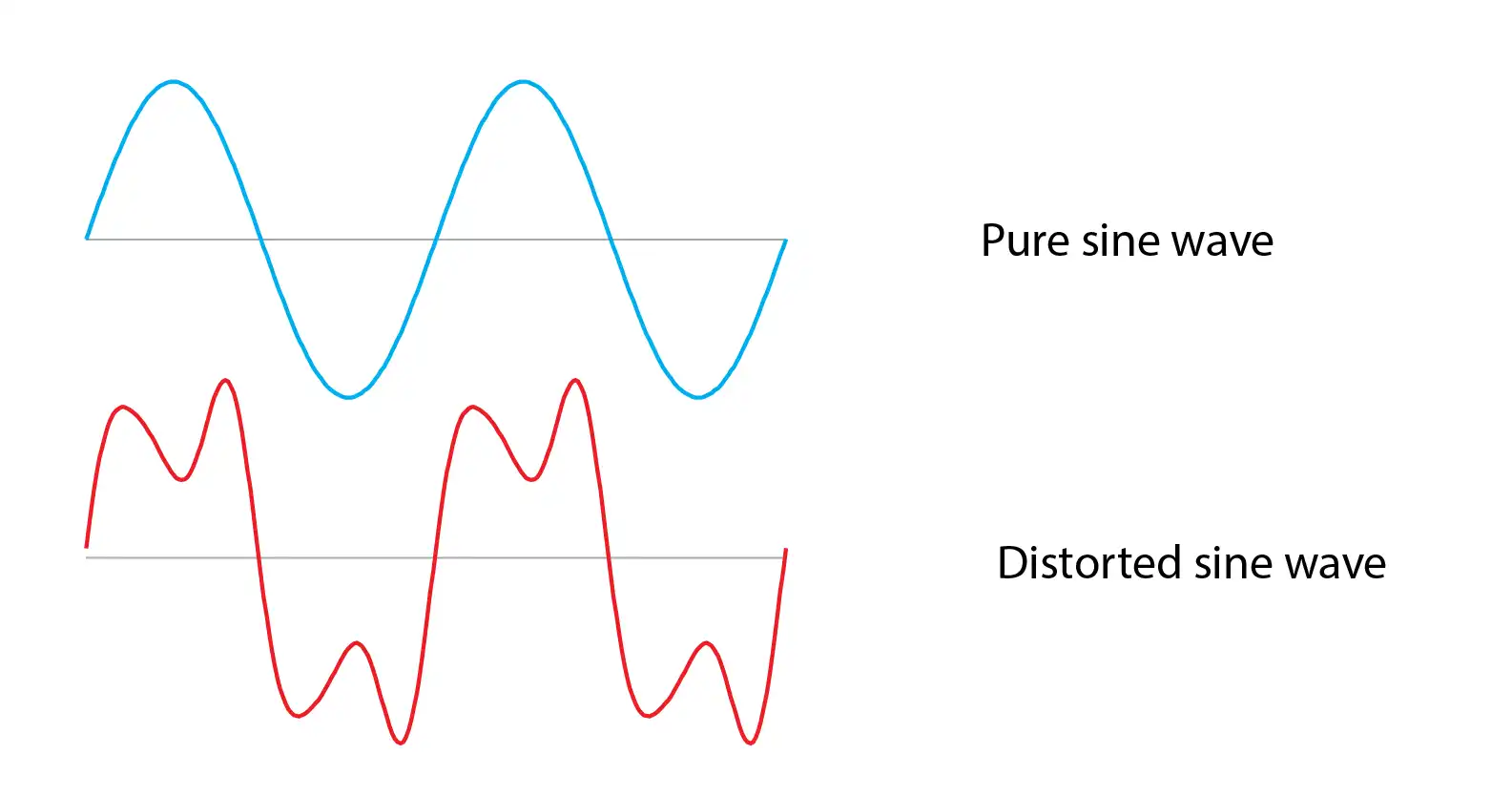How to Control Harmonic Distortion?
Harmonics, which are currents or voltages that occur at frequencies that are multiples of the fundamental frequency of power systems, are generated by non-linear loads in power systems. This post will present six essential approaches for minimising harmonic distortion.
The initial approach to addressing issues related to harmonics consisted of employing a solitary-tuned filter that provided a more favourable pathway for the harmonic currents by reducing resistance. Surprisingly, it is not challenging to locate a load that generates harmonics in the range of megavolt-ampere in businesses that function without harmonic filters. Industrial sectors with significant harmonic generation may continue to utilise conventional harmonic filtering techniques to manage disruptions occurring beyond the system’s metering point, which can impact delicate processes and equipment. These filtration techniques are not economically efficient for household and commercial establishments. This article examines the methodologies employed to regulate harmonics and mitigate the distortion they induce on the signal sent over power systems.

Network Restructuring
Implementing network reconfiguration is a viable strategy for mitigating harmonics. The initial step involves identifying the users or sectors that generate a significant amount of harmonic current in the power system and classifying them based on the frequency content characteristics.
Assuming that the utilisation of harmonic filters is not being taken into account. Combining linear and non-linear electric loads on the feeder can effectively decrease harmonic distortion. This is because the linear load acts as a natural attenuator, regulating the simultaneous peaks of the resonant.
The primary goals of network reconfiguration encompass:
- Reducing power loss in the network • Reducing voltage sag in the network during switching or fault events • Reducing harmonic distortion in node voltages • Reducing system imbalance
- The branch exchange mechanism is utilised for network reconfiguration. This design technique involves the introduction of a non-energized tie branch into the power network.
Enhance the rigidity of the supply mode
Augmenting the ratio between the current of a short-circuit and the current rating of a load results in a more significant electrical supply node. This is a frequent occurrence when power suppliers expand the capacity of their power substations. Additionally, this occurs when significant power consumers, such as industrial clients, incorporate supplementary cogeneration into the primary power supply system to enhance peak demand management during their operations.
The source stiffness of the power system can be determined by calculating the ratio between the short circuit current and the load current. An inflexible AC power source enhances the likelihood of a short-circuit current being present.
Having a robust supply node increases the likelihood of effectively handling temporary disruptions in the network and mitigating the impact of high initial currents from the transformer, cable energising, and initiating big motor loads.
When dealing with high short-circuit currents, anticipate the presence of low impedance sources. These sources are inversely proportional to the size of the transformer. An effective way to demonstrate this is by calculating the alteration in impedance while replacing a deteriorated transformer with a new transformer with a different rating.
This equation provides the ratio of impedance between the new transformer and the old transformer. For instance, a 60-MVA transformer will have an impedance that is half as small as a 30-MVA transformer, and it will double the short-circuit current. This assumes that both transformers have the same issue of leakage current.
The capacitive and inductive impedances of the power system change in accordance with the frequency function at the harmonic frequency.
The inductive components of the power system are mostly influenced by a more rigid power source. The voltage drop caused by harmonic currents is influenced by the inductive reactance of the system, which comprises the feeder and the components of the substation.
The source impedance is the primary factor for short feeders. During such circumstances, anticipate the occurrence of harmonic currents that will propagate to the substation of the system, resulting in the presence of harmonic distortion. Anticipate reduced harmonic distortion with more rigid systems.



